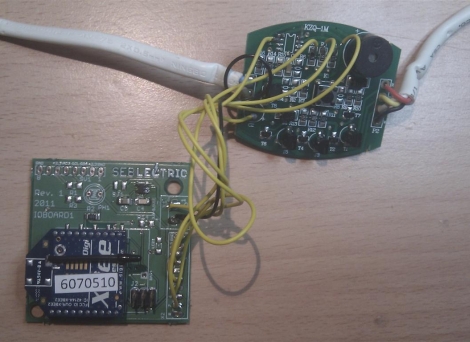
[Adam Ben-Dror] recently tipped us off to a project that he worked on recently. In this build he gutted an old candlestick-style phone and added modern technology to make it work as a cordless phone. We really liked this project because he married together new and old technology into an elegant package. There are a few hacks that he had to perform to get this to work. One was converting the rotary pulses into DTMF tones. The other was making the cordless phone that he gutted recognize when the phone was on or off of the hook.
Details of his build after the break. Continue reading “Candlestick Phone Goes Modern.”
















